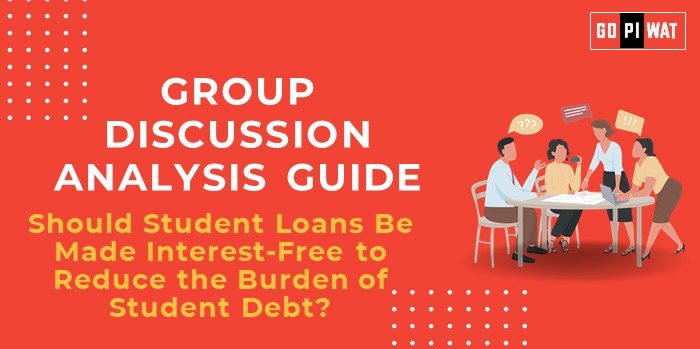💸 Should Student Loans Be Made Interest-Free to Reduce the Burden of Student Debt?
🌟 Introduction to the Topic
The rising cost of education globally has led to an escalating student debt crisis, impacting economic stability and individual financial freedom. Interest-free loans present a potential solution to alleviate this burden. Student loans with interest often create long-term financial stress. For example, countries like the U.S. report over $1.7 trillion in student debt, pushing policymakers worldwide to explore reforms like interest-free loan structures.
📊 Quick Facts and Key Statistics
📈 Average Student Loan Interest Rate: Typically 3-7% in developed countries; higher in developing economies.
⚠️ Default Rates: Over 15% of student borrowers in the U.S. default on loans within three years of repayment initiation.
🌍 Free Education Models: Countries like Germany offer tuition-free education, minimizing reliance on loans.
🇮🇳 India’s Context: Education loans disbursed in FY 2023 were ₹90,000 crores, with rising non-performing assets in this category.
👥 Stakeholders and Their Roles
- 🏛️ Government: Policymaking and interest subsidies.
- 💰 Banks and Financial Institutions: Lending operations and interest rate determinations.
- 🎓 Students and Families: Beneficiaries and financial planners.
- 🏫 Educational Institutions: Fee structuring and partnerships in loan models.
- 🌐 Global Organizations: Advocacy for sustainable education financing (e.g., UNESCO, World Bank).
🎯 Achievements and Challenges
✨ Achievements:
- 📘 Increased Accessibility: Loans enable millions to pursue higher education.
- 📉 Government Subsidies: Reduced interest loans for marginalized communities in India and elsewhere.
- 💻 Technological Support: Digital platforms improve loan disbursement efficiency.
⚠️ Challenges:
- 📉 Rising Defaults: High interest exacerbates repayment difficulties.
- ⚖️ Economic Disparity: Interest rates disproportionately impact lower-income groups.
- 🌍 Global Comparisons: Germany’s tuition-free model reduces reliance on loans, unlike the interest-bearing systems in the U.S. and India.
📖 Case Study:
🇦🇺 Australia’s HECS-HELP: Income-contingent loans with no upfront cost reduce default risk but still accrue interest indexed to inflation.
🗣️ Structured Arguments for Discussion
- ✔️ Supporting Stance: “Interest-free loans can democratize education by reducing financial barriers for underprivileged students.”
- ❌ Opposing Stance: “Eliminating interest on loans could strain public finances and discourage efficient loan repayment.”
- ⚖️ Balanced Perspective: “While interest-free loans improve accessibility, hybrid models with partial interest subsidies might ensure financial sustainability.”
💡 Effective Discussion Approaches
🚀 Opening Approaches:
- 📊 Statistical Impact: “With $1.7 trillion in U.S. student debt, the financial burden stifles economic mobility for millions.”
- 📖 Case Study: “Germany’s tuition-free education model eliminates loan dependency, setting a benchmark for equity.”
🛡️ Counter-Argument Handling:
- 🤝 Acknowledge funding challenges but suggest innovative mechanisms like income-based repayments or targeted subsidies.
🔍 Strategic Analysis of Strengths and Weaknesses
- ✔️ Strengths: Enhances education accessibility; reduces long-term financial stress.
- ❌ Weaknesses: Potential fiscal deficit; risk of abuse without repayment accountability.
- 🌟 Opportunities: Attract international students; promote higher enrollment rates.
- ⚡ Threats: Overdependence on government subsidies; risk of economic instability.
🎓 Connecting with B-School Applications
📈 Real-World Applications: Finance projects on sustainable student loan models or economic policies for inclusive education.
🤔 Sample Interview Questions:
- What alternative funding mechanisms can make education accessible without financial strain?
- How does student debt influence workforce mobility and economic growth?
✨ Insights for Students:
- Focus on designing sustainable, inclusive financing mechanisms.


